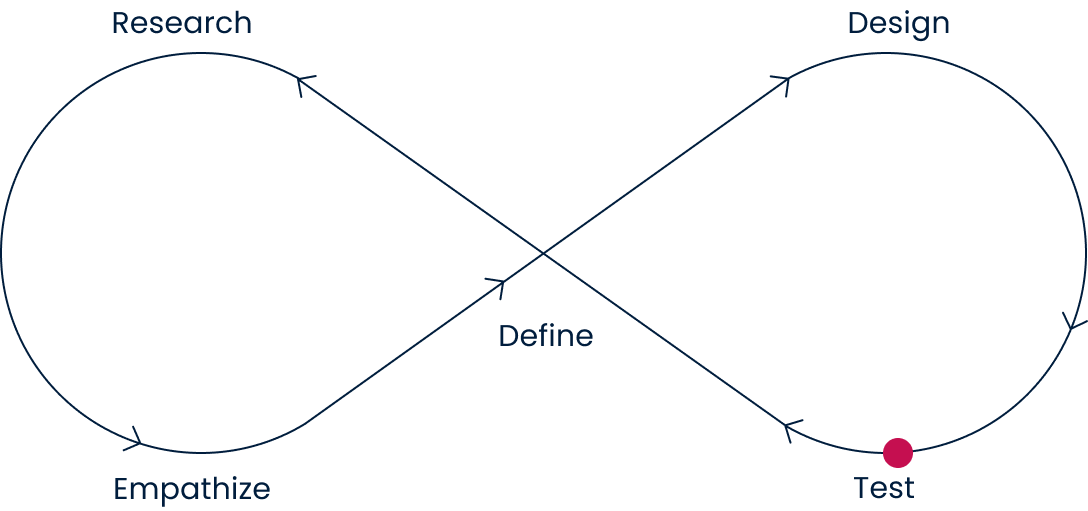Empowering the energy transition through
user-centric design
As an end-to-end UX/UI Designer I redesigned a digital B2B product for energy companies, ensuring the future readiness of their offering amidst energy production democratisation.

Redesigning the WebApp for direct customers
Background:
In 2024, I led the UX/UI design for Exnaton’s B2B product, aimed at simplifying energy, finance, and data management for utilities. Our mission was to help providers navigate the changing energy landscape while improving operational efficiency.
Our goals:
- Simplify the management of energy communities, dynamic rates, and renewable projects through intuitive design.
- Build a scalable and adaptable product to support the decentralized energy market’s growth.
- Create a flexible white-label solution that aligns seamlessly with each client’s unique branding.
- Enhance usability to increase product stickiness, improve customer acquisition, and drive user engagement.
The complexity of energy data and financial metrics was a challenge. We needed to present it clearly and make it actionable, all while ensuring the product could evolve. Personalizing the experience for each client without losing design cohesion added to the complexity.
Collaboration was crucial. I worked closely with engineers to ensure designs were scalable and feasible. Early feedback helped us streamline the process and reduce revisions. I restructured the information architecture to simplify user flows and make data easier to understand. Using Figma, I created high-fidelity prototypes with a focus on navigation and clarity.
One of the most rewarding aspects was creating an interface that made it easy for providers to visualize customer performance, manage energy communities, and understand financial data. We introduced innovative features like a unique energy community registration process and refined breadcrumb navigation that further streamlined operations.
Our challenges:
- Create a scalable product that can evolve in sync with the expanding business needs in the dynamic energy sector turning present intricate energy and financial data in a coherent, user-friendly manner.
- Design the product as a white-label solution, harmonising with customers' corporate identities while maintaining a unified overall appearance.
My role:
- UX and UI design.
- Collaboration with product manager, developers and marketing team.
- High-definition designs refined with developers, ready for deployment, monitoring and testing of the implemented designs.

Persona

Information Architecture

UI Design


Electronic pdf invoice

Rate plan

Uploading pdfs

Registration for an energy community
One of our notable achievements was the introduction of a registration process for joining energy communities. This feature was unique in the market and the design process involved several steps:
- crafting initial sketches to capture the concept's essence
- designing the user flow to map out the user journey
- creating wireframes to turn ideas into visual representations
- developing a high-fidelity prototype to bring the concept to life digitally, which was well-received by customers
This achievement not only advanced our product but also increased its value for utility companies.
My lesson learned
I loved this product design experience, also, for the lessons I take away from it:
- The project underscored the importance of flexibility and empathy. As the energy sector evolves, tools must evolve too. By staying user-focused, we designed a product that solves today's problems and is ready for tomorrow's.
- Collaborating with engineers from the start of the design process, not only from refinement sessions, helps optimise design and reduces design iterations and time spent.
- Crafting information architecture is both an art and a science. Balancing hierarchy and engagement is key to crafting a user-friendly experience. It's not just about placement but guiding users seamlessly through their journey.



